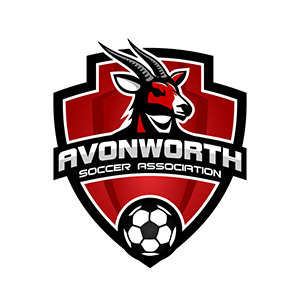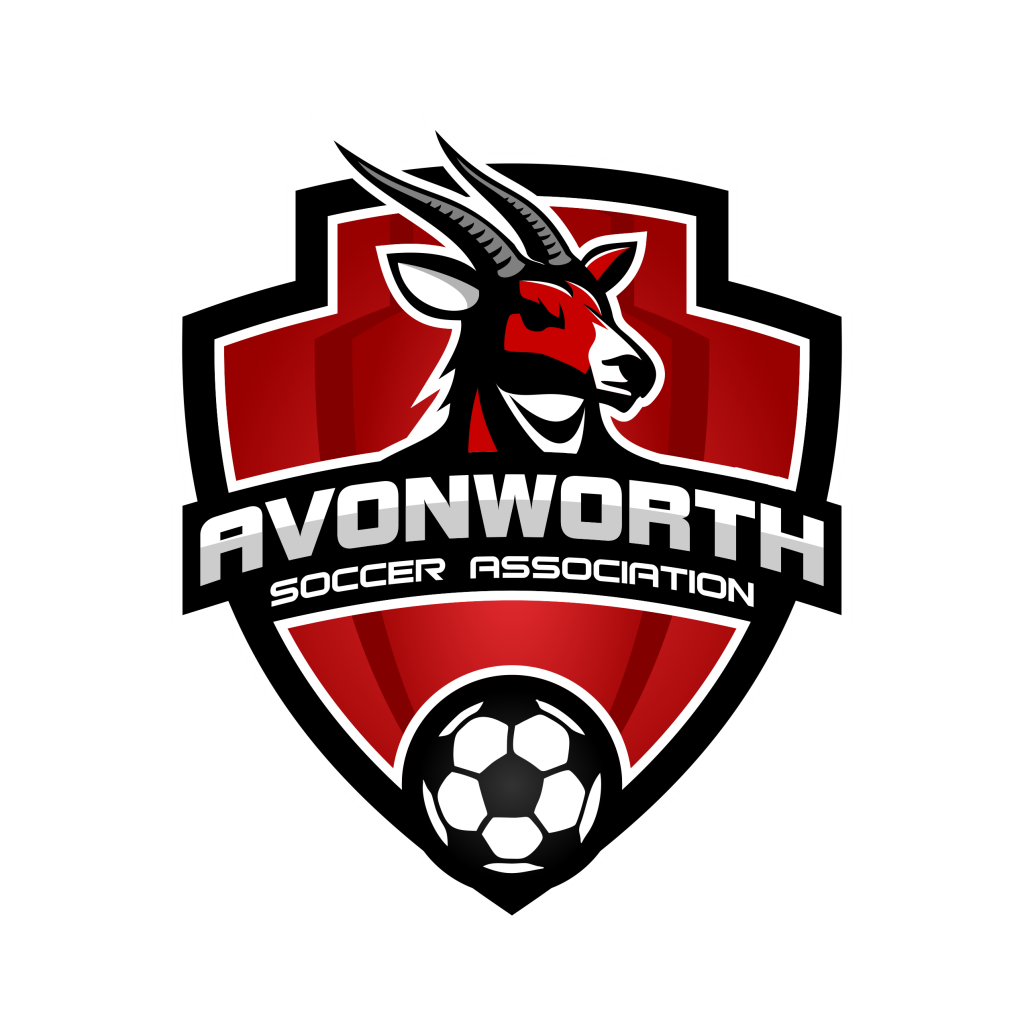Concussion Protocol
ASA is committed to maintaining an adequate system and regularly promoting a concussion awareness and safety recognition program, including but not limited to the online Concussion Course offered by the Center for Disease Control and Prevention. Free online courses are available for coaches, parents, athletes, and officials at: http://www.cdc.gov/headsup/youthsports/index.html
ASA and its Coaches will take the following 5 steps if we suspect a participant has a concussion:
- Remove the athlete from play. Look for signs and symptoms of a concussion if your athlete has experienced a bump or blow to the head or body. When in doubt, keep the athlete out of play.
- Ensure that the athlete is evaluated by a health care professional experienced in evaluating for concussions.
- Record the following information can help health care professionals in assessing the athlete after the injury:
- Cause of the injury and force of the hit or blow to the head or body
- Any loss of consciousness (passed out/knocked out) and if so, for how long
- Any memory loss immediately following the injury
- Any seizures immediately following the injury
- Number of previous concussions (if any)
- Inform the athlete’s parents or guardians about the possible concussion and give them the fact sheet on concussion. Make sure they know that the athlete should be seen by a health care professional experienced in evaluating for concussion.
- Keep the athlete out of play the day of the injury and until a health care professional, experienced in evaluating for concussion, says they are symptom-free and it’s OK to return to play. A repeat concussion that occurs before the brain recovers from the first—usually within a short period of time (hours, days, or weeks)—can slow recovery or increase the likelihood of having long-term problems. In rare cases, repeat concussions can result in edema (brain swelling), permanent brain damage, and even death.

